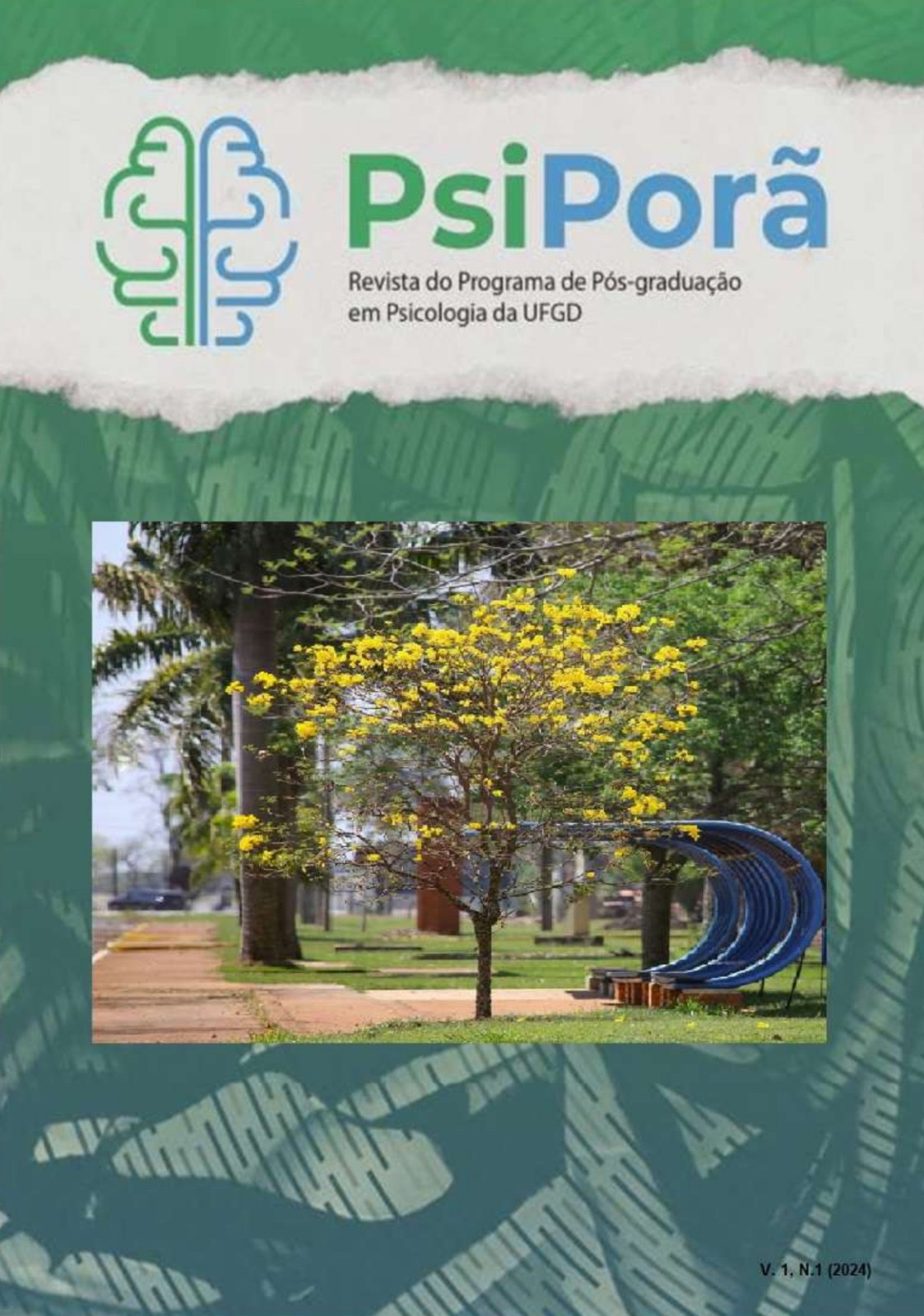Propriedades Psicométricas do Inventário de Ciúme Romântico- ICR
DOI:
https://doi.org/10.30612/revpsi.v1i1.17485Keywords:
Romantic Jealousy, factorial structure, confirmatory factor analysisAbstract
Jealousy is an emotion that involves the fear of losing a valued relationship. Due to its presence in most relationships, instruments were developed to measure it. Among them, there is the Romantic Jealousy Inventory- ICR. The present study verified the factorial structure of this instrument through Confirmatory Factor Analysis. 499 Brazilians participated, 62.1% women. The results indicated the bifactor structure as the one that best suited the data. However, the hierarchical structures and six correlated factors also showed adequate adjustment indexes. In the study, the factors were named according to the content and in the following order: Romantic Jealousy, Pathological Jealousy, Aggression, Mistrust, Investigation and Insecurity. The ICR presents good indicators of validity and precision, and can be useful, for example, in the practice of Clinical Psychology.
References
Almeida, T. (2017). 5-HTP Administration as Preferential Supporting to Treatment of Morbid Romantic Jealousy. Journal of Education, Society and Behavioural Science, 23, 1-6.
Bueno, J. M. H. & Carvalho, L. F. (2012). Um Estudo de Revisão do Inventário de Ciúme Romântico (ICR). Psicologia: Reflexão e Crítica, 25(3), 435-444.
Buss, M. D. (2000). A paixão perigosa- Por que o ciúme é tão necessário quanto o amor e o sexo. Objetiva.
Buss, D. M. (2018). Sexual and Emotional Infidelity: Evolved Gender Differences in Jealousy Prove Robust and Replicable. Perspectives on Psychological Science, 13(2), 155–160.
Buss, D. M., Larsen, R. J., Westen, D., & Semmelroth, J. (1992). Sex Differences in Jealousy: Evolution, Physiology, and Psychology. Psychological Science, 3(4), 251–256.
Buss, D. M., Shackelford, T. K., Kirkpatrick, L. A., Choe, J. C., Lim, H. K., Hasegawa, M (...) Bennett, K. (1999). Jealousy and the nature of beliefs about infidelity: tests of competing hyptheses about sex differences in the United States, Korea, and Japan. Personal Relationships, 6, 125–150.
Carvalho, L. F., Bueno, J. M. H., & Kebleris, F. (2008). Estudos psicométricos preliminares do Inventário de Ciúme Romântico- ICR. Avaliação Psicológica, 7, 335-346.
Curling, L., Kellett, S., & Totterdell, P. (2018). Cognitive analytic therapy for obsessive morbid jealousy: A case series. Journal of Psychotherapy Integration, 28(4), 537–555.
Curling, L., Kellett, S., Totterdell, P., Parry, G., Hardy, G., & Berry, K. (2017). Treatment of obsessive morbid jealousy with cognitive analytic therapy: An adjudicated hermeneutic single-case efficacy design evaluation. Psychology and Psychotherapy: Theory, Research and Practice, 91(1), 95–116.
DeSteno, D., Valdesolo, P., & Barlett, M. (2006). Jealousy and the threatened self: Getting to the heart of the green-eyed monster. Journal of Personality and Social Psychology, 91, 626-641.
Pfeiffer, S. M., & Wong, P.T.P. (1989). Multidimensional jealousy. Journal of Social and Personal Relationships,6, 181-196.
Golino, H. F., Carvalho, L. F., Silva, E., Oliveira, E., Musse, S. S. & Silva, B. (2016). Revisão do Inventário de Ciúme Romântico: uma análise via modelo Rash. Avaliação Psicológica, 15 (3), 285-297.
Gouveia, V., V., Silveira S., S., Santos, W., S., Souza, S., S., B & Belo, R., P. (2015). Escala de Ciúme Romântico (ECR): evidências psicométricas de uma versão reduzida. Psicologia: Ciência e Profissão, 35(2), 326-341.
Kuruppuarachchi, K. A. L. A., & Seneviratne, A. N. (2011). Organic causation of morbid jealousy. Asian Journal of psychiatry, 4, 258-260.
Lima, M. C. M. de; & Cassepp-Borges, V. (2023). Compreendendo o ciúme romântico em diferentes enfoques. Episteme Transversalis, 14(1), 49-65.
Nunnally, J. C. (1978). Psychometric Theory (2nd ed.). McGraw Hill
Oliveira, I. J. S., & Alves, M. P. N. P (2017). Amor e ciúme psicopatológico: uma visão fundamentada na perspectiva analítico-comportamental. Fragmentos de cultura, 27(4), 555-569.
Pinto, M. P. P. (2013). O ciúme Patológico: Síndrome de Othello. Revista InterAtividade, 1(1), 99- 110.
Ramos, A. L., Yazawa S. A. K., & Salazar, A.F. (1994). Desenvolvimento de uma Escala de Ciúme Romântico. Psicologia: Teoria e Pesquisa, 10, 439-451.
Ramos, A. L. M. (2000). Ciúme romântico: Teoria e medida psicológicas. Stiliano.
Rosseel Y., et al. (2018). lavaan: Latent Variable Analysis. [R package]. Cran.rproject https://cran.rproject.org/package=lavaan
White, G. L. (1981). A model of romantic jealousy. Motivation and Emotion, 5(4), 295–310.


